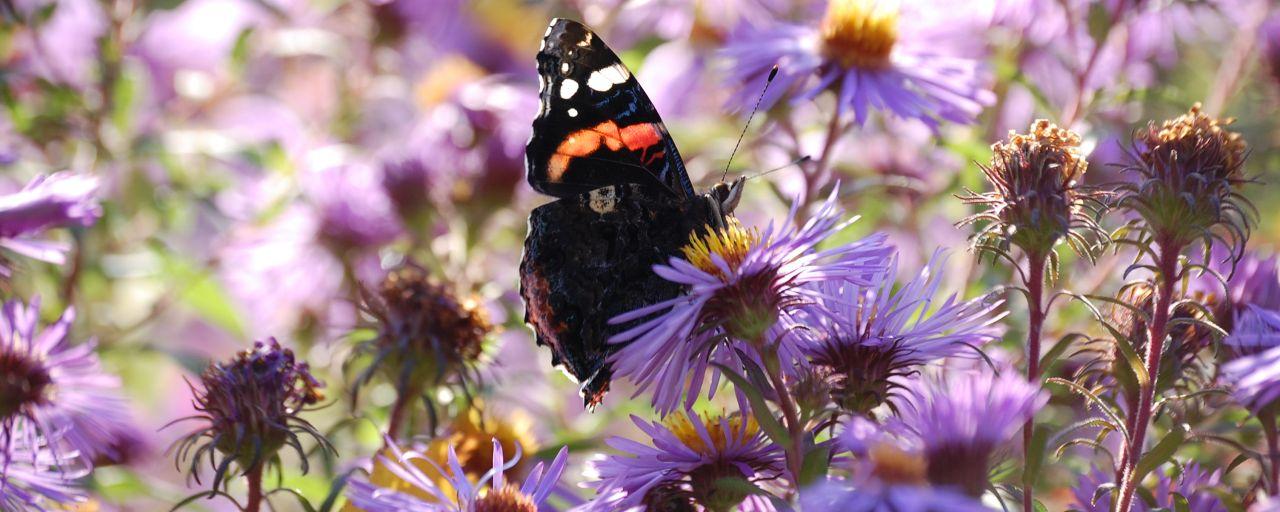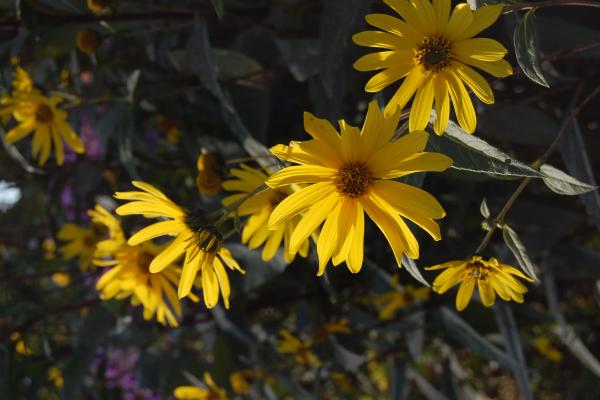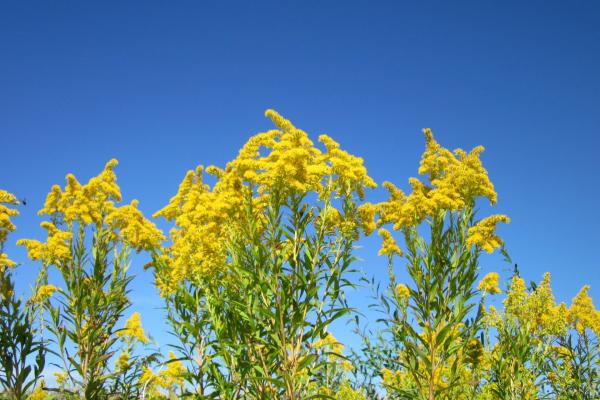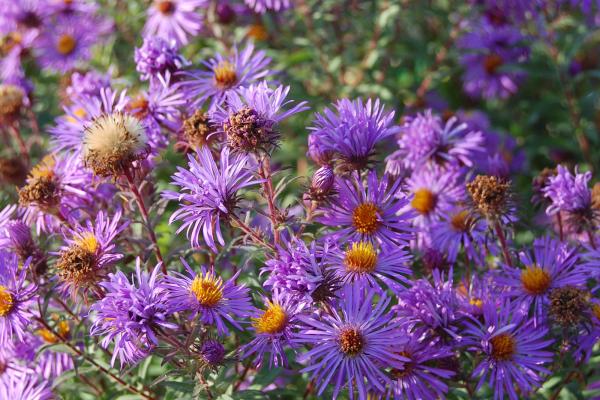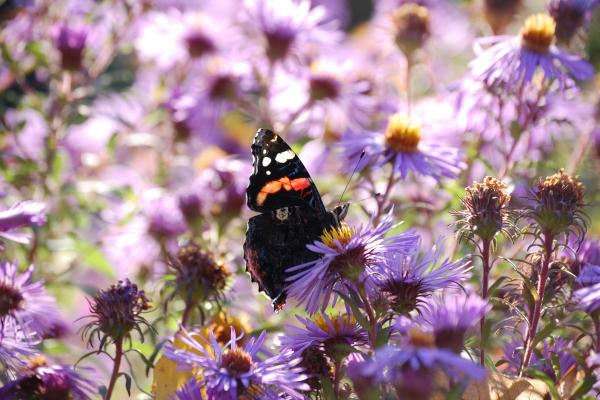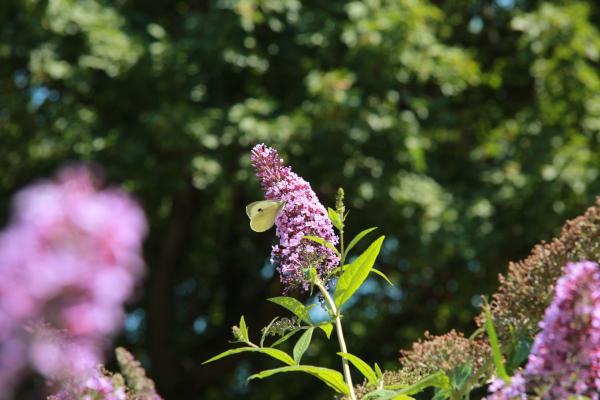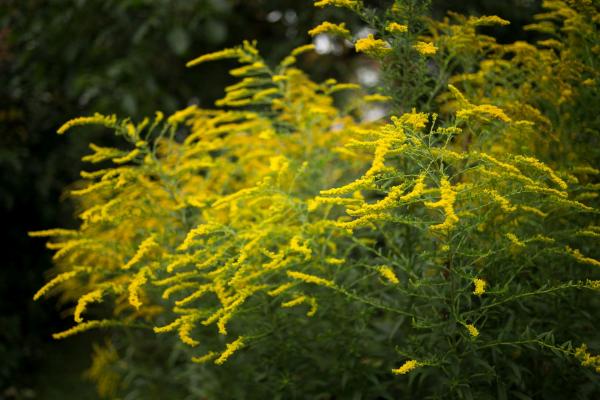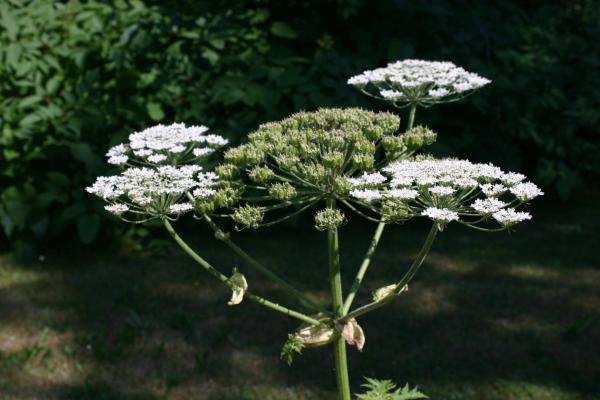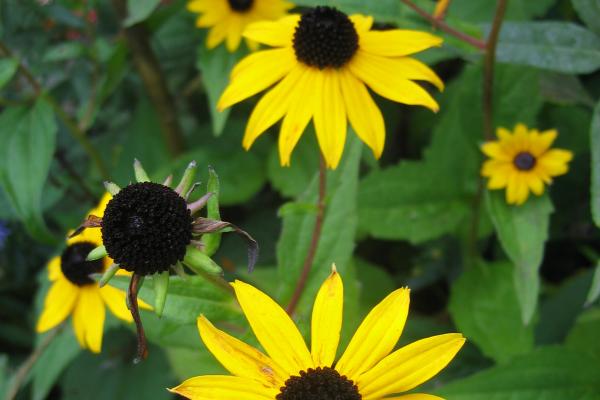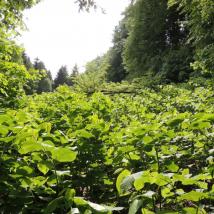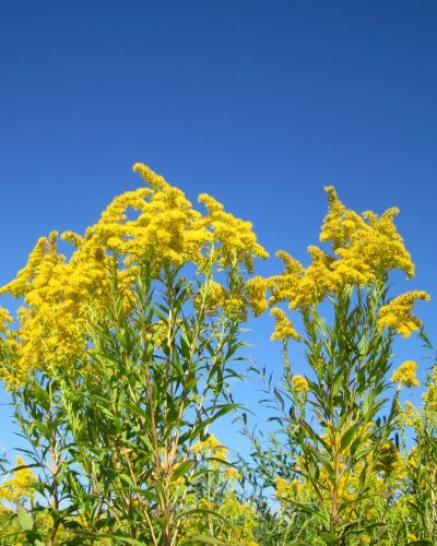
Facts
Invasive species such as Tree of Heaven (Ailanthus altissima) and Japanese knotweed (Fallopia japonica ) are on the advance in the Wienerwald. Owing to their dominance and rapid spread, the diversity of plant species and thus the resilience of native ecosystems is reduced. For example, Japanese knotweed tends to destabilise the sloping banks of minor rivers in the Wienerwald BR thus preventing the development of natural tree vegetation. In the long term, also the Tree of Heaven might cause economic damage owing to its tendency to displace highvalue trees such as oak or beech.
The project
In conjunction with this project, the issue of Neobiota is discussed both at a theoretical and a practical level. The aim is to apply various methods to curb giant hogweed and other neobiota in selected trial areas, to make information available for awareness-raising, and to work out a neobiota strategy jointly with BR partners. Since 2013, the MA 49 Department (Forstamt und Landwirtschaftsbetrieb der Stadt Wien) has been working on a project to control the Tree of Heaven (Ailanthus altissima) with the aid of a wilt inducing fungus (Verticillium spp.) in designated areas, and this approach has already borne fruit.
In 2014 our objective to raise awareness among the inhabitants of the BR focused on the avoidance of invasive neobiota in gardening. In five information events, participants were told how they can support native biodiversity in their choice of plants for their gardens. An information brochure was handed out to reinforce the message conveyed on the occasion of these events.

